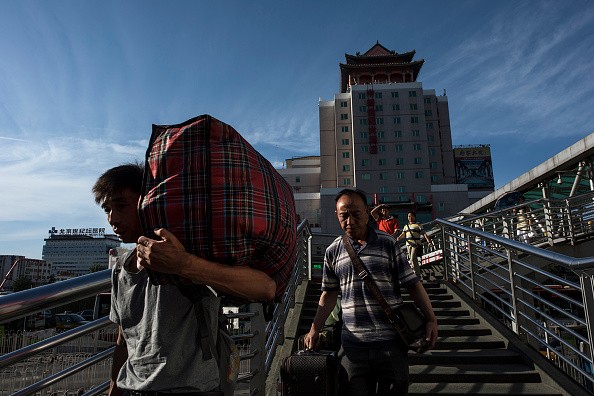An increasing number of China's migrant workers are working closer to home rather than travel across the country to work in factories in prosperous towns and cities, Bloomberg reported.
A recently published annual report on migrant workers from the National Bureau of Statistics, China's migrant workforce, who is now aging, prefers to stay closer to home and work in stores and restaurants rather than on assembly lines.
In China, the migrant worker category refers to "peasant workers" or rural workers who do not work in farms that they are registered for.
The report also showed that the growth of the migrant workers has slowed to 281 million in 2016, an increase of 1.5 percent year-over-year.
For more than two decades, the country's migrant workers have provided major support for China's labor force, but they do not have the same privileges in social services like urban residents.
However, the number of migrant workers is now dwindling, from 62.8 percent in 2011 to 60.1 percent in 2016, the report said.
As the general working-age population has decreased and rural workers have become less mobile, wages have improved and became more competitive.
The working force also became better skilled, as the number of workers with college degrees rose to more than 9 percent. About one-fifth of workers now are also over 50 years old.
Compared to a decade ago when "peasant workers" work mostly in manufacturing and construction sectors, more of them are now employed in the services sector. From 44.5 percent last year, about 46.7 percent of migrant workers now work in the tertiary sectors, such as in retail and wholesale business, residential services, catering and hotel.
The report further showed that about 56.5 percent of the Chinese economy's first-quarter growth may be attributed to the services sector.
The 6.9 growth rate of the county's economy also resulted in the rapid expansion in sectors such as commercial services, technology, real estate, transportation, hotels and catering business.



























